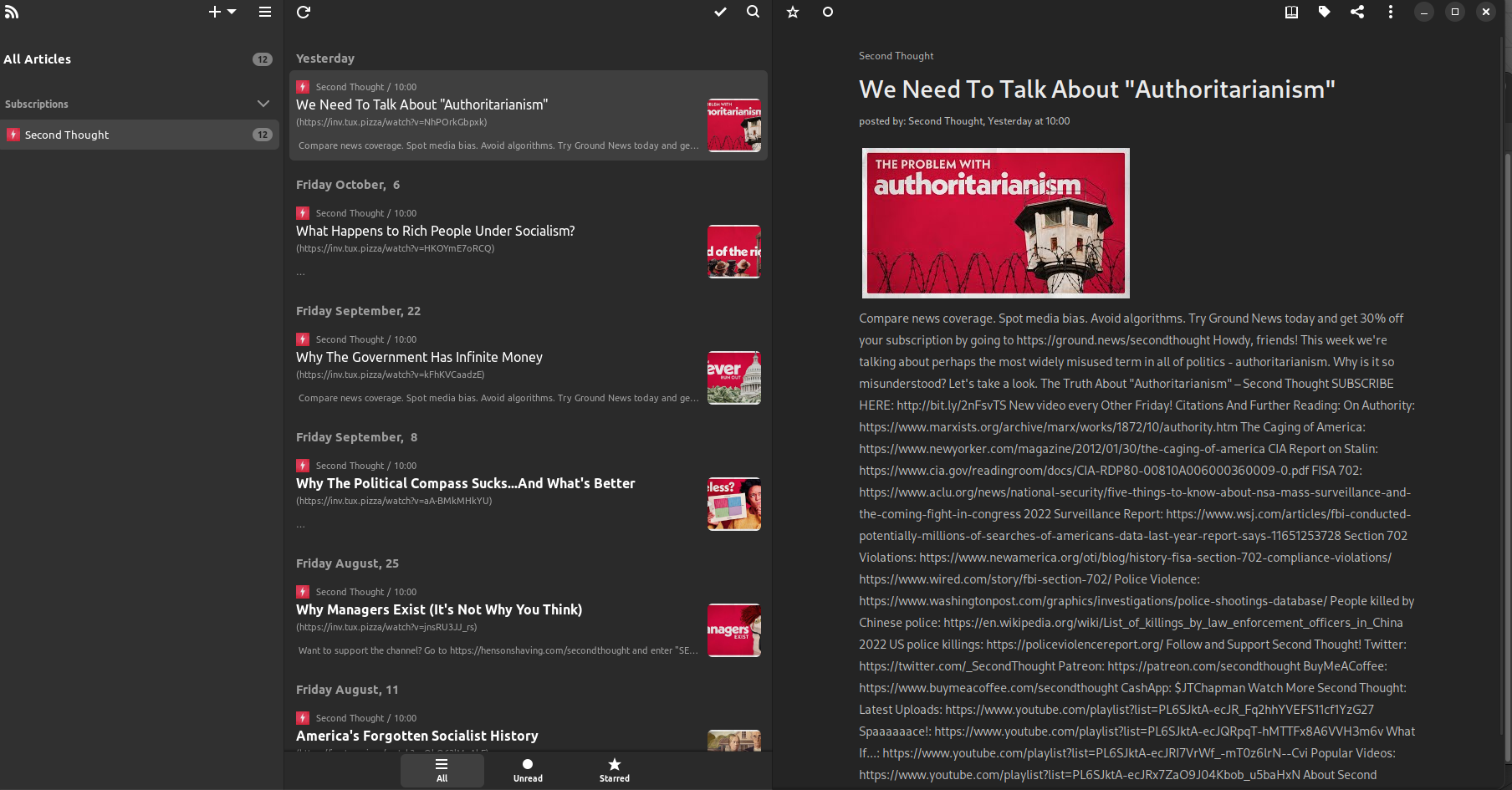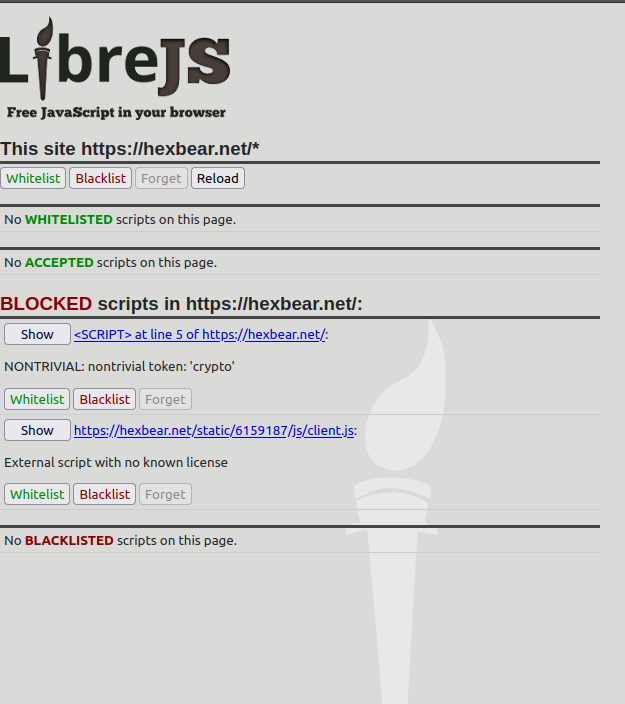libre
9747 readers
1 users here now
Welcome to libre
A comm dedicated to the fight for free software with an anti-capitalist perspective.
The struggle for libre computing cannot be disentangled from other forms of socialist reform. One must be willing to reject proprietary software as fiercely as they would reject capitalism. Luckily, we are not alone.

Resources
- Free Software, Free Society provides an excellent primer in the origins and theory around free software and the GNU Project, the pioneers of the Free Software Movement.
- Switch to GNU/Linux! If you're still using Windows in
$CURRENT_YEAR, flock to Linux Mint!; Apple Silicon users will want to check out Asahi Linux. - Social Media Recommendations:
- The Linux Experiment: Weekly news host for Linux/libre software related news.
- Nicco Loves Linux: Developer for KDE who makes interesting videos.
- David Revoy: An incredible artist with a cool webcomic, all done with GNU/Linux.
- Michael Horn: Makes videos about his various experiences with Linux.
Rules
- Be on topic: Posts should be about free software and other hacktivst struggles. Topics about general tech news should be in the technology comm or programming comm.
- Avoid using misleading terms/speading misinformation: Here's a great article about what those words are. In short, try to avoid parroting common Techbro lingo and topics.
- Avoid being confrontational: People are in different stages of liberating their computing, focus on informing rather than accusing. Debatebro nonsense is not tolerated.
- All site-wide rules still apply
Artwork
- Xenia was meant to be an alternative to Tux and was created (licensed under CC0) by Alan Mackey in 1996.
- Comm icon (of Xenia the Linux mascot) was originally created by @ioletsgo
- Comm banner is a close up of "Dorlotons Degooglisons" by David Revoy (CC-BY 4.0) for Framasoft
founded 4 years ago
MODERATORS
1
2
3
4
5
6
7
8
9
10
11
12
13
14
15
16
17
18
19
20
21
22
23
24
25
view more: next ›

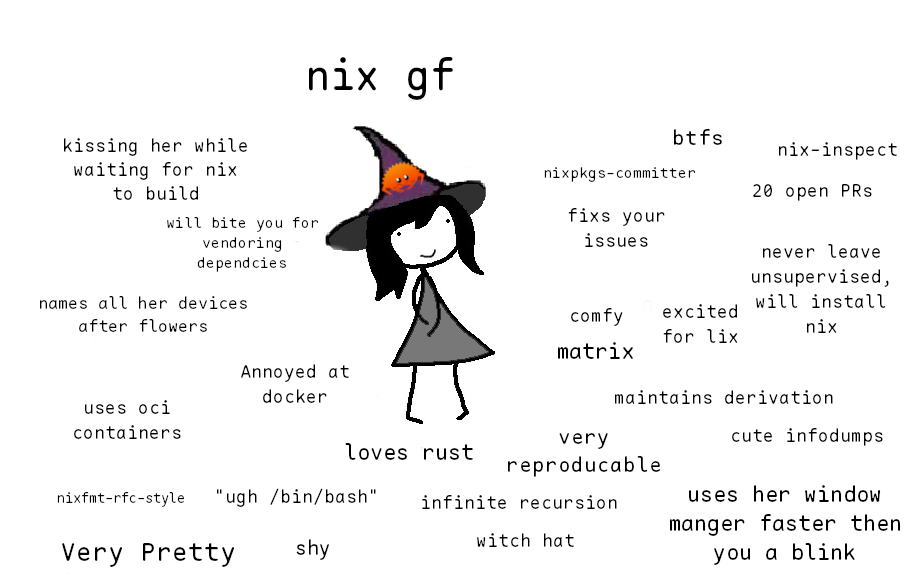

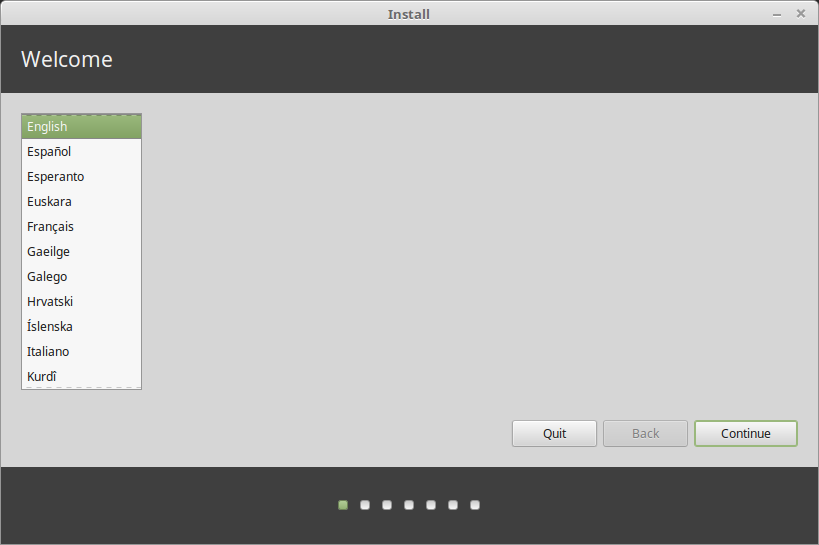
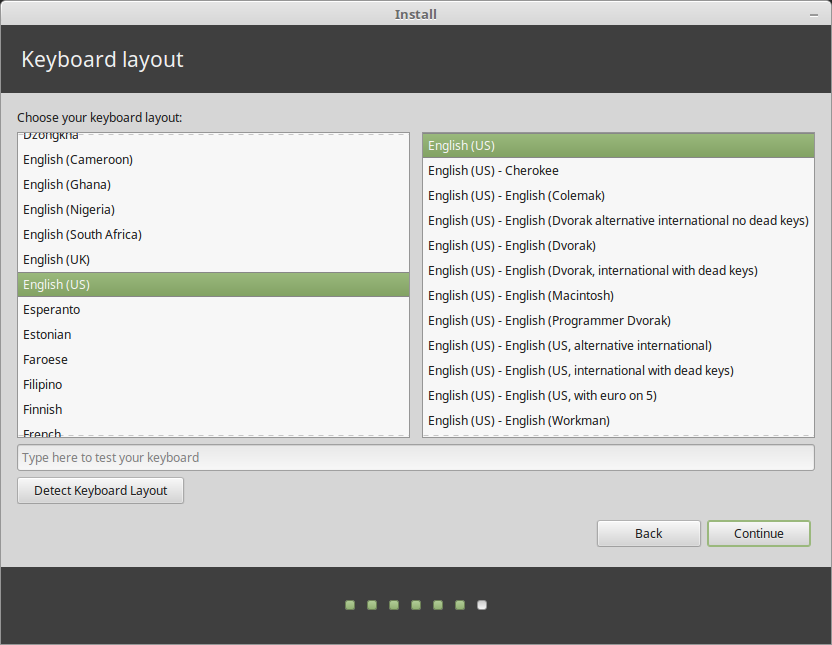
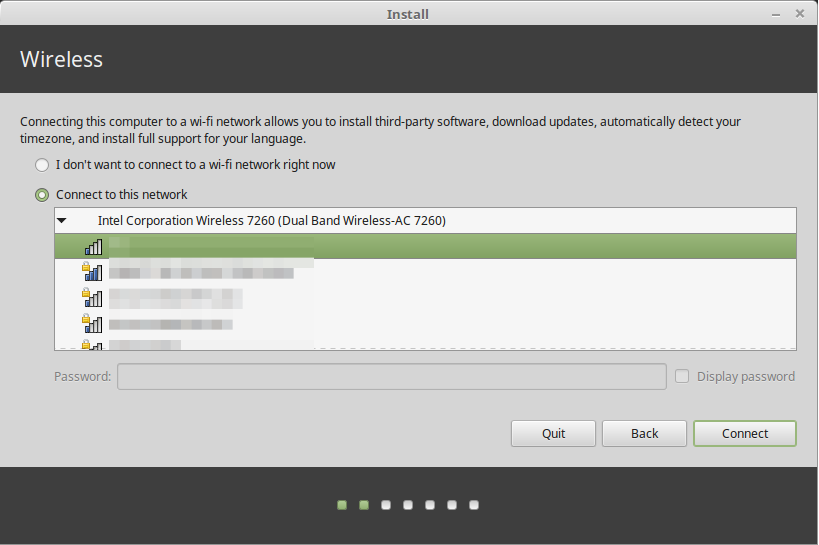
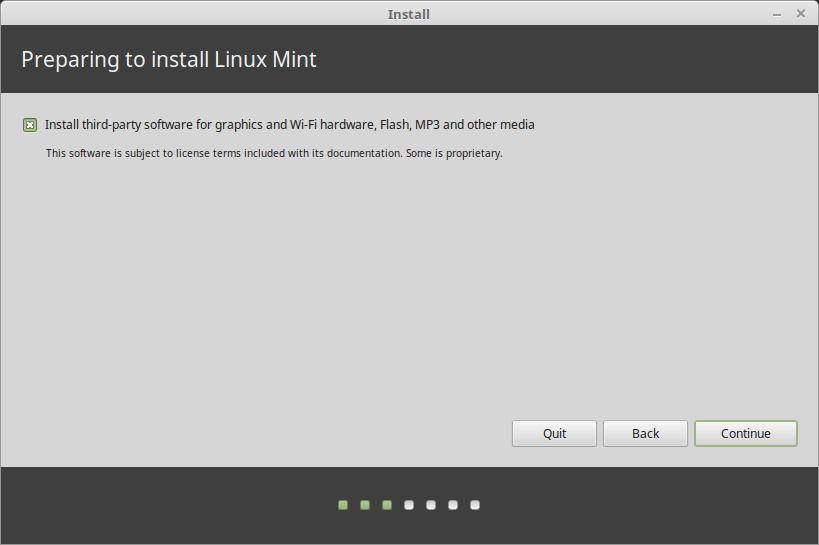
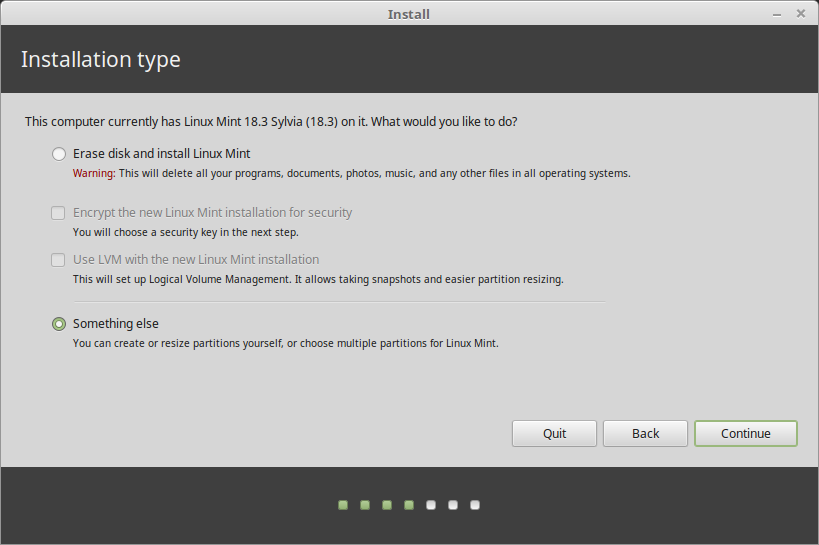
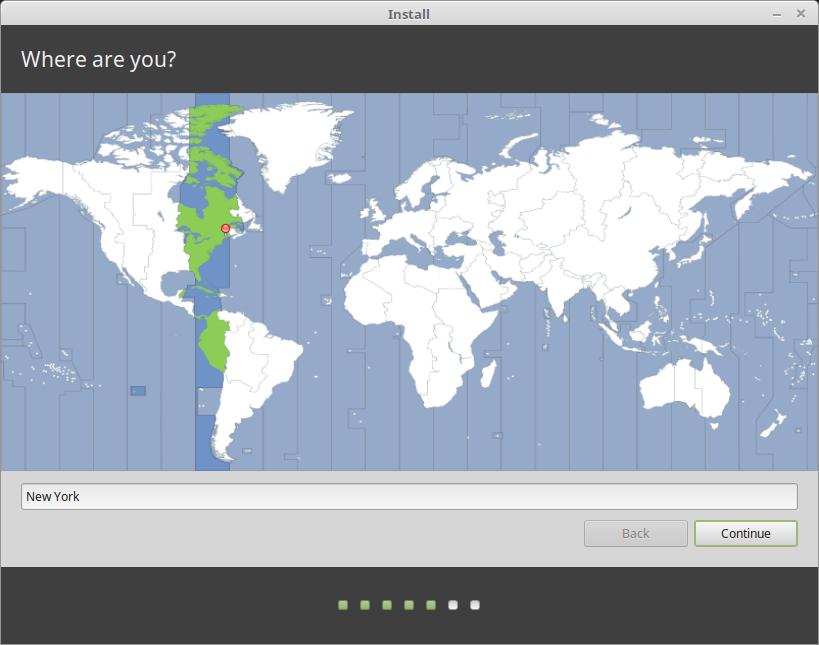
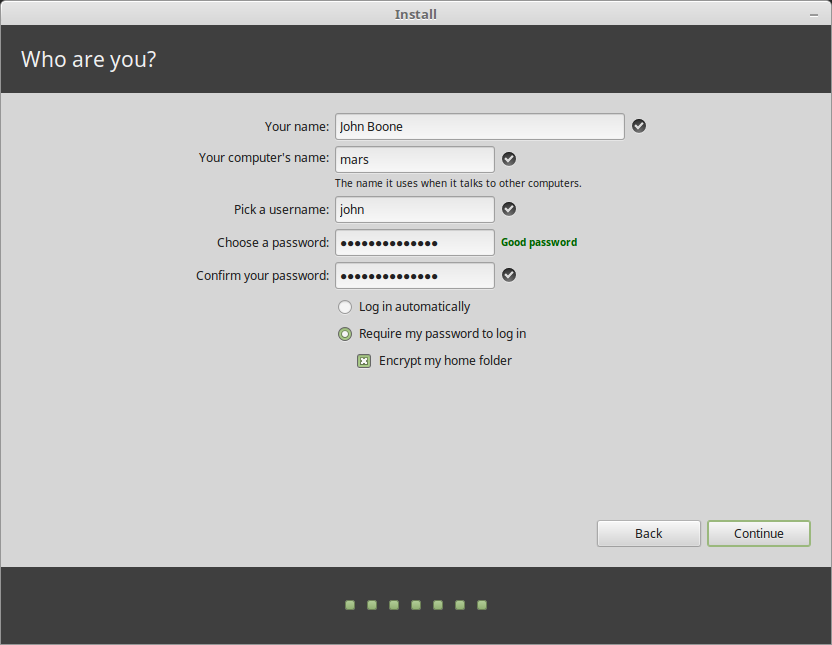

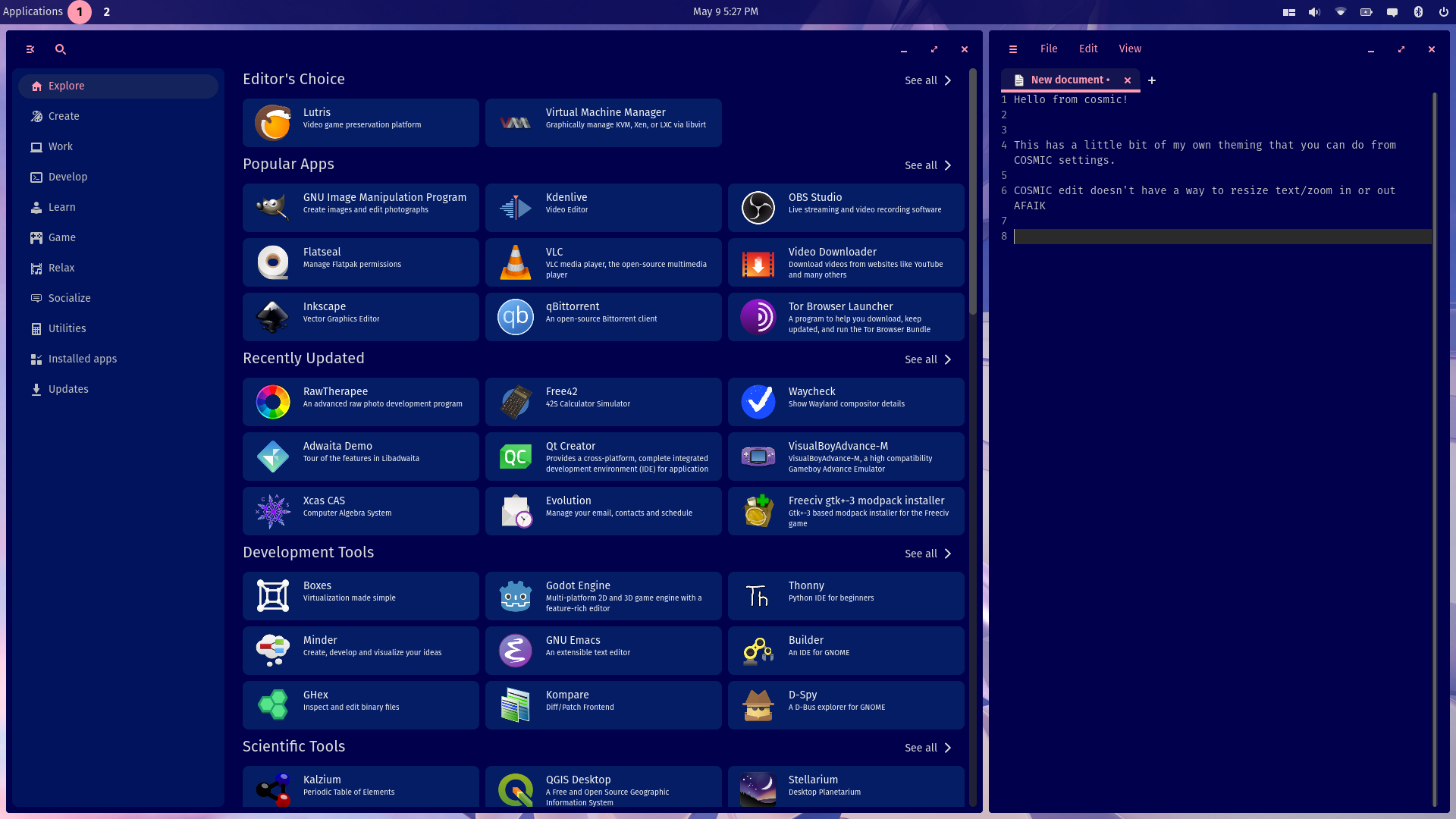
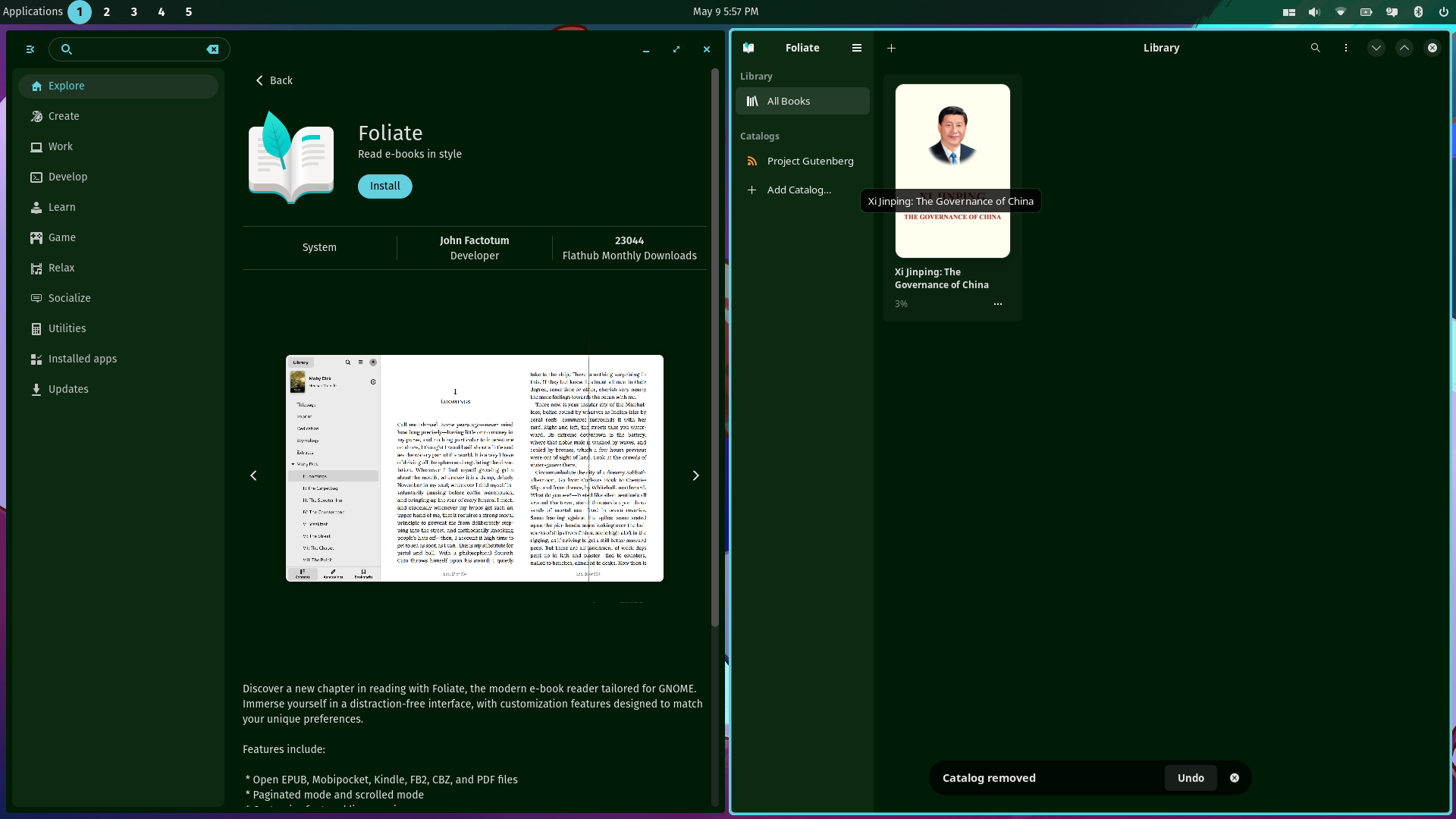
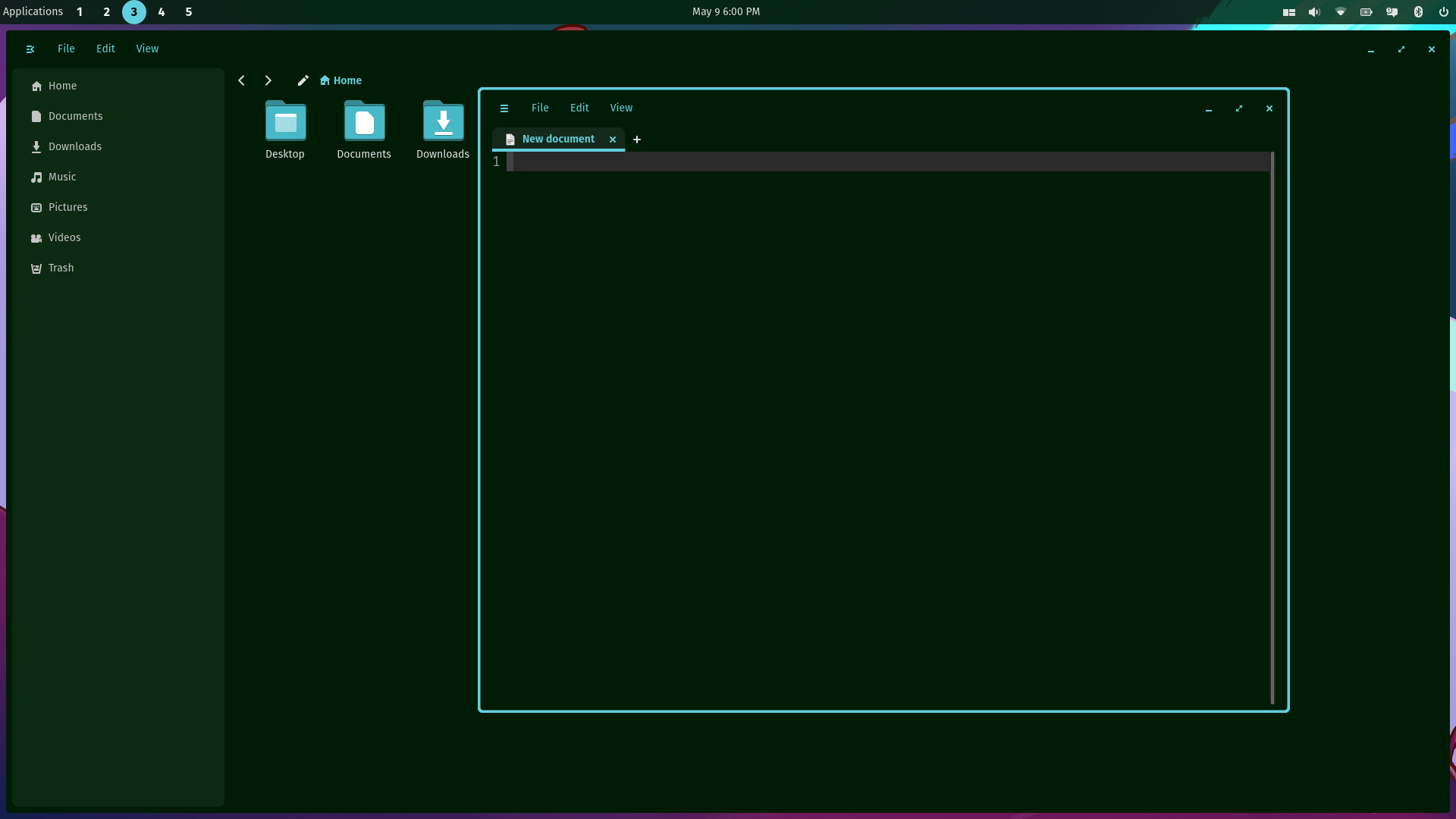
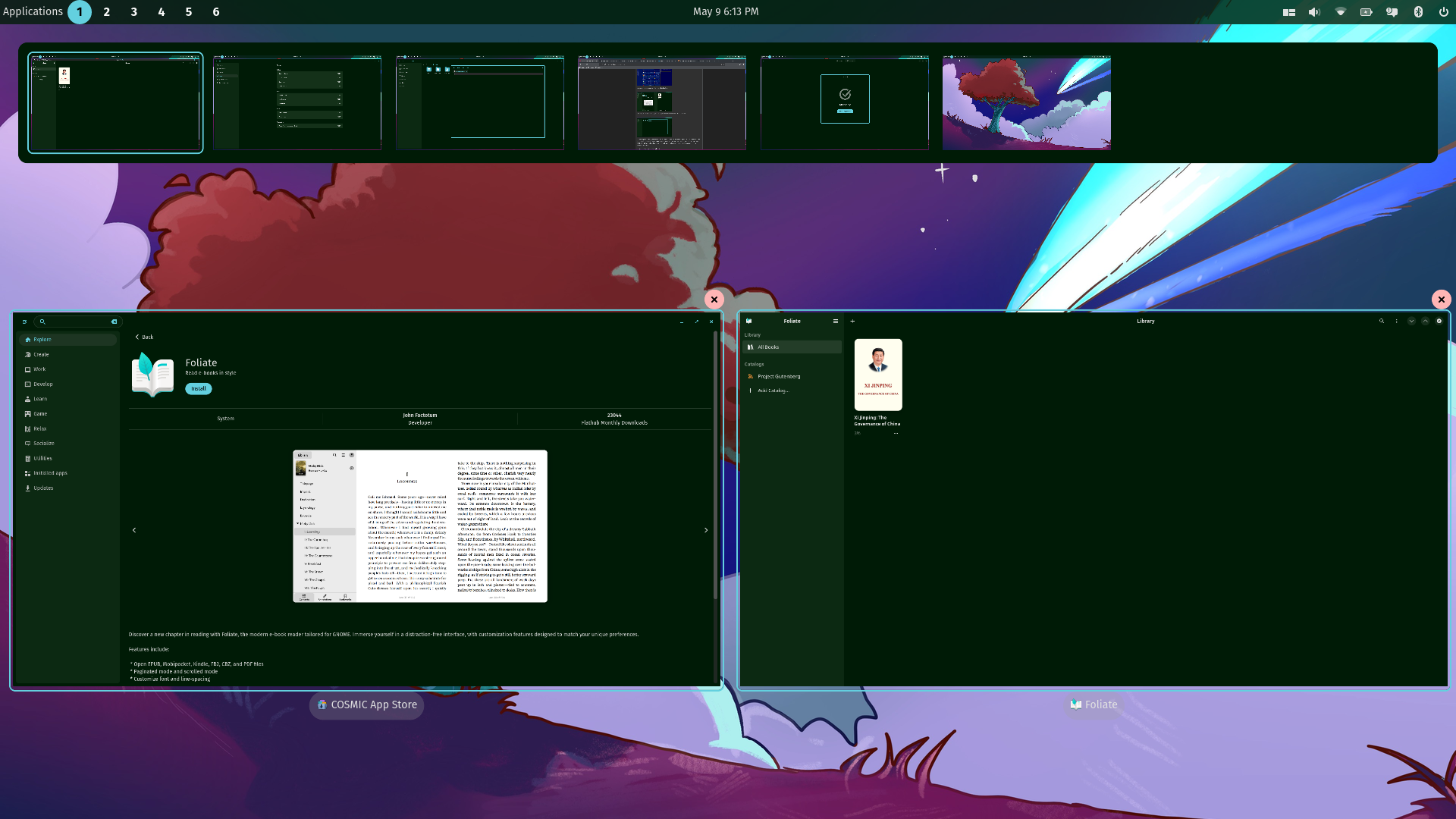
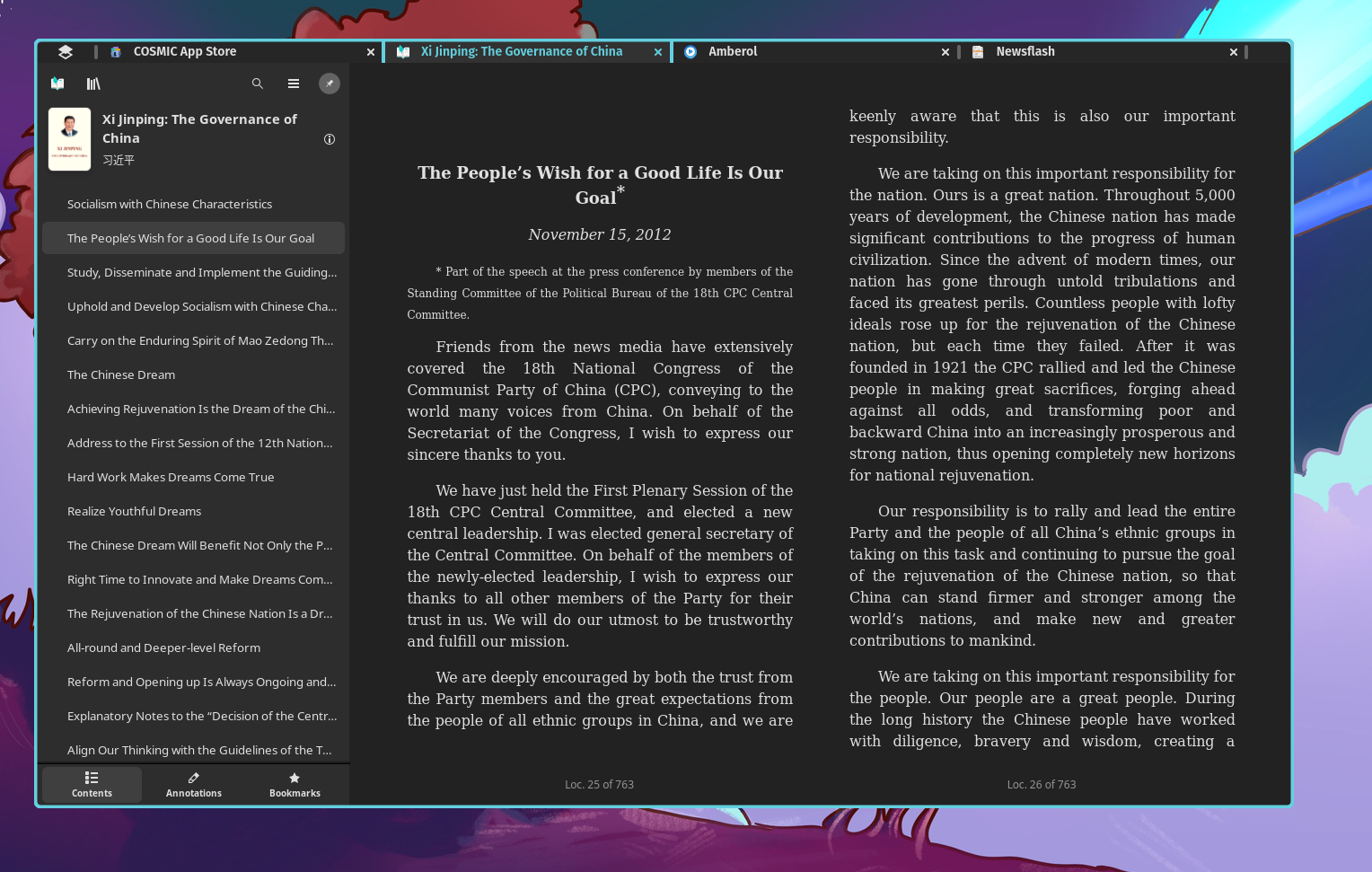

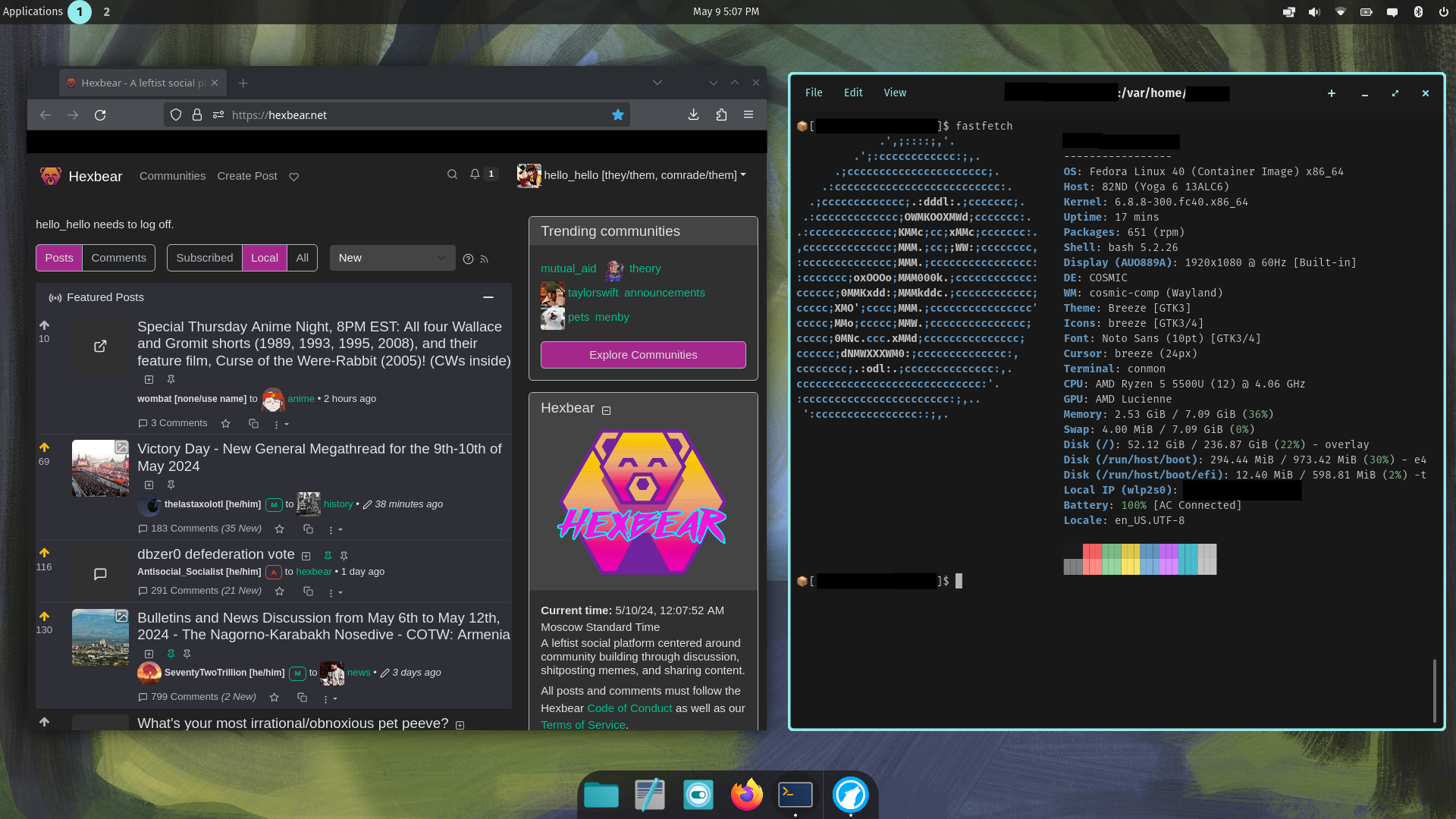
 They said that they only care about code and commit quality yet they get banned for violating a code of conduct due to bigotry. Can someone help connect the dots here?
They said that they only care about code and commit quality yet they get banned for violating a code of conduct due to bigotry. Can someone help connect the dots here? : "We noticed that you've cultivate an unhealthy community and that toxicity is not allowed here."
: "We noticed that you've cultivate an unhealthy community and that toxicity is not allowed here." : "This is all a plot by Red Hat to target me for being a WHITE MAN and not a privileged minority."
: "This is all a plot by Red Hat to target me for being a WHITE MAN and not a privileged minority."